
Last week, Apple unveiled what it is calling its first “spatial computer,” the Vision Pro. A beautifully designed, mixed-reality headset, the Vision Pro is meant, as Apple put it during the WWDC 2023 keynote, to seamlessly blend the real world with the digital world. A device designed to look through, not at.
Like many of you out there, I’ve been trying to wrap my head around what I think of Apple’s new spatial computing platform. And before we get into everything else, that is an important distinction to make. Vision Pro doesn’t simply represent a new device category for Apple. It represents the next evolution of computing. Other headsets, like those from Meta, existed first. But those other headsets don’t represent a fully-formed computing paradigm like this new Vision Pro platform proposes.
In other words, Vision Pro, if things go according to plan, would supplant the Mac someday.
That Apple’s entry into this space makes that distinction so clear is not surprising. No one thought Apple would jump in with a flaky, or unpolished piece of hardware that doesn’t try very hard to answer the question of “Why?”
But that doesn’t mean that there aren’t plenty more questions to answer. Knowing what we knew about the Vision Pro before its formal unveiling, and expecting to be blown away by the technology to be demoed, the Vision Pro felt like a solution in search of a problem. Even now that we have more details, it still feels that way.
It’s very cool tech. But will anybody actually want it?
They nailed the demo
To be sure, the Vision Pro is the most impressive and most technically-advanced piece of mixed-reality hardware that we’ve seen up until this point. Everything from its design, to its eye and hand tracking capabilities, to its field-of-vision-filling, 23-million-pixel-packing, 4K micro-OLED displays, to its $3,500 price tag reflect this achievement.
At least, those are the impressions formed by the keynote and the demonstrations Apple provided to media members. Still, there is a clear, unified opinion in the wake of these presentations: “They did it. The Vision Pro feels like stepping into the future.”
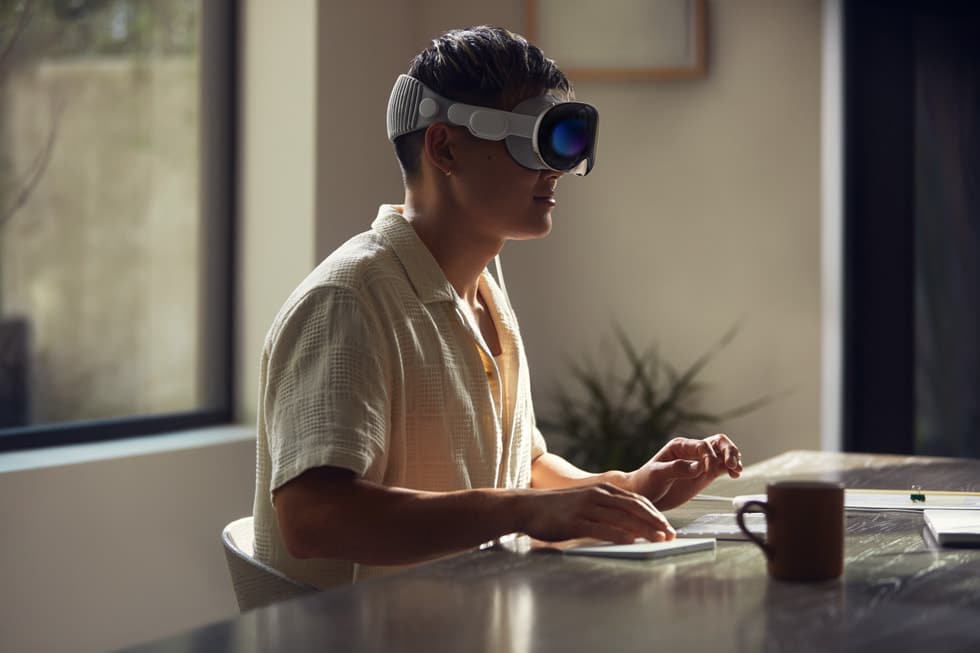
A couple of pieces that really bring this view into context are from John Gruber of Daring Fireball and Federico Viticci of MacStories. Do yourself a favor and check out their columns reacting to what it felt like to step into the world of Vision Pro. Both agree that the demo was something they’ve never before experienced in the realm of technology. More than anything else about this device, we know it is an exceptional piece of hardware married with exciting new software in VisionOS.
Here’s an excerpt from Gruber’s piece:
First: the overall technology is extraordinary, and far better than I expected. And like my friend and Dithering co-host Ben Thompson, my expectations were high. Apple exceeded them. Vision Pro and VisionOS feel like they’ve been pulled forward in time from the future. I haven’t had that feeling about a new product since the original iPhone in 2007. There are several aspects of the experience that felt impossible.
To drive the point home, here is Gruber’s description of what it feels like to look through the Vision Pro when you put it on:
Again, it doesn’t look at all like looking at screens inside a headset. It looks like reality, albeit through something like a pair of safety glasses or a large face-covering clear shield. There is no border in the field of vision — your field of view through Vision Pro exactly matches what you see through your eyes without it. Most impressively, and uncannily, the field of view seemingly exactly matches what you see naturally. It’s not even slightly wider angle, or even slightly more telephoto. There is no fisheye effect and no aberrations or distortion in your peripheral vision. What you see in front of your face exactly matches what your own eyes see when you lift the Vision Pro up over your eyes. Imagine a set of safety glasses that used a glass treatment that gives the world a slight bit of a “film look”. A slight tint (that tint might get dialed in closer to reality by next year — to me it felt ever so slightly warm, color-wise), and a slight bit of visually flattering smoothness to everything.
To put it mildly, this certainly seems like a feat of hardware and software integration worth celebrating. Before the Vision Pro has even shipped, it is clear that it will be in a league of its own on Day One.
But how does Vision Pro fit into your life?
But to call on this overused Steve Jobs quote, “Design is not just what it looks like and feels like. Design is how it works.”
Jobs and former Apple design chief Jony Ive strove to create technology that faded away into the background of your life. The iPhone, the iPod, AirPods, the Apple Watch―all examples of products that work well because they empower without major restrictive trade-offs.
The Vision Pro, in this form, is anything but non-intrusive.
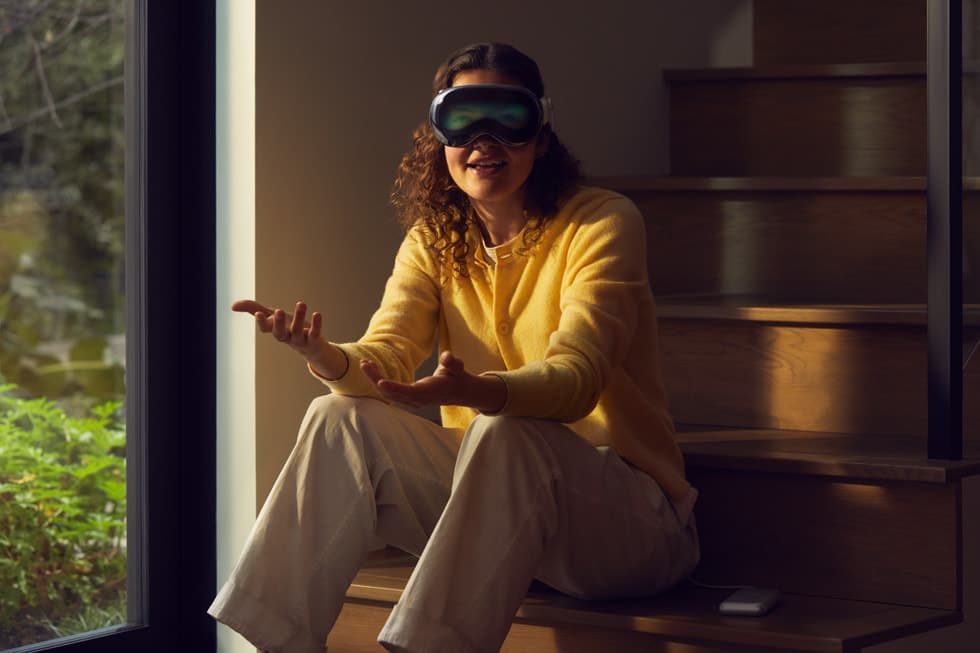
Above, I mentioned that Apple says this device is designed to be looked through, not looked at. In that way, Apple is suggesting that it has created its least-intrusive device yet. A computer interface that falls away, bringing information, memories, entertainment, and other people into your space without requiring that you focus upon a physical point like a screen. Instead the computer is all around you.
And all of that would of course be true…if you didn’t have the computer strapped to your face.
I think we’re all in agreement that a computing platform that looks and operates like J.A.R.V.I.S. from the Iron Man movies would be amazing. Flicking holographic screens around your physical space; balling up files and tossing them into a virtual trash can; manipulating designs with your hands.
But what if Tony Stark couldn’t access J.A.R.V.I.S. unless he stepped inside the Iron Man suit? Still cool, but way less practical. This sort of intention―choosing to block out the world to engage with it―is what Vision Pro is requires.
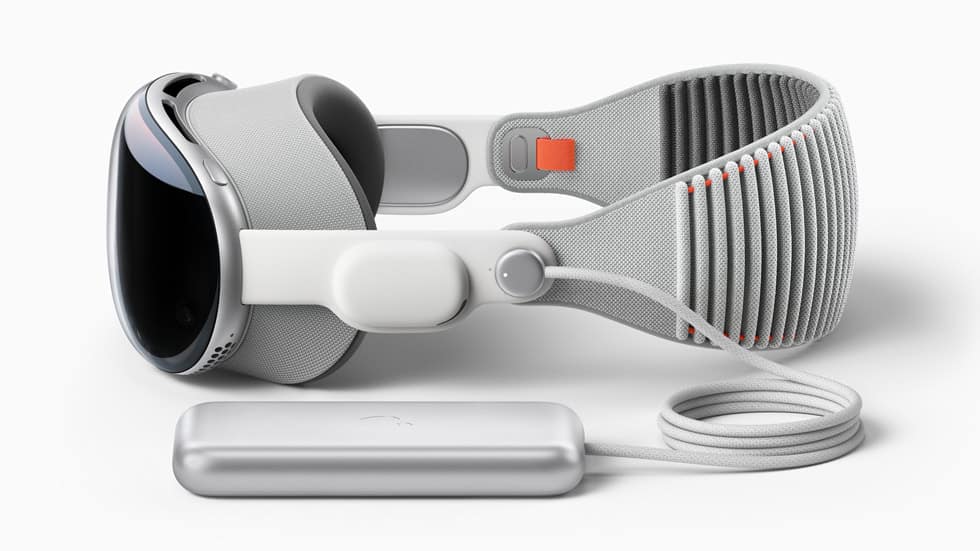
That means that at some point the Vision Pro, for all of its mind-blowing technical achievement, will have to answer for its obvious shortcoming: it’s a giant pair of ski goggles that you have to either tether to a wall outlet or to a 2-hour battery pack that dangles from your head and into your pocket.
As a result, whatever you decide to do with this thing is going to require you to justify the act of putting it on in the first place. Some things will justify that, but my feeling is that most won’t.
The Time Machine
And that’s why Apple’s keynote invited use of the word “dystopian” from those reacting online.
It was one thing to see Apple suggest that you take video calls where instead of seeing you―remember, your face is covered by goggles― the other person sees a 3D scan of your face with a slightly floppy mouth and weird teeth that invoke a particularly heightened brand of uncanny valley anxiety. But seeing in that same presentation a father hover around his two little girls as they played with bubbles, wearing a headset that makes him look like some sort of bug-man was just… a lot.
It’s already bad enough that parents feel the need to live so many memories of their children behind a phone screen. Now we’re suggesting that putting this thing on is somehow better?
I don’t want to be overly dismissive here. So, here’s Federico Viticci articulating just how monumental his Vision Pro demo was:
And that’s when it hit me. Spatial video capture isn’t just a fascinating piece of technology (which it absolutely is). It’s a time machine. Years from now, when this technology will be more affordable and capturing spatial photos and videos will be possible on an iPhone rather than a headset1, how much would I be willing to pay to relive, even for just a few seconds, a moment when my dogs were younger and playing together? How much to be “around” my grandma again? If I was given the ability to witness, with high fidelity, an old moment of happiness with my friends, how could I say no?
The Vision Pro doesn’t just let you experience immersive content. Using all those cameras on the headset, it allows you to capture 3D immersive video that you can revisit. Without a hint of irony here, Viticci says the result of this capability to capture and present immersive video experiences is that Apple has created a “time machine.”
And I’ll admit, based on just this description of the device alone, I really want to try it. Who wouldn’t love being in the middle of your daughter’s first birthday party again? Or getting to explore the backyard of your first house as a family while she runs barefoot through the sprinklers?
$3,500 is a bargain for that ability. We would all be glad to pay it.
However, the technology in its current form incurs a cost beyond its price tag. To capture and relive these moments, we must leave our physical surroundings and enter a digital simulation of those surroundings. Here’s the bottom part of that Gruber quote above one more time:
Imagine a set of safety glasses that used a glass treatment that gives the world a slight bit of a “film look”. A slight tint (that tint might get dialed in closer to reality by next year — to me it felt ever so slightly warm, color-wise), and a slight bit of visually flattering smoothness to everything.
It’s a very convincing simulation―a filter, if you will―but a simulation nonetheless.
And look, getting lost in another word is the point for a lot of the applications aimed at a headset like this. Watching a movie, a ballgame, or playing video games? The whole point is to leave the real world for a while, and Vision Pro certainly seems like it will be the best way to do those things when it launches. That’s exciting.
But I keep coming back to the dad and his little girls blowing bubbles.
I press on this “time machine” aspect because this is what Apple leaned on as its core justification for the Vision Pro’s existence during the keynote. This device was not pitched as an entertainment device. It was pitched as a device that will let you experience life to a fuller extent by allowing you to see through your computer.
Twenty years―or however long it takes―when the technology has evolved to the point that a device can deliver on that promise without incurring the physical restriction that Vision Pro does, that will be truly amazing.
But that’s not what we have today in Vision Pro. Even in his mostly positive remarks about the device, Gruber says Vision Pro “feels heavier on your face than I had hoped it would.” Which, given the amount of glass, cameras, screens, foam, and aluminum on this thing, makes a lot of sense.
Which is exactly why this product introduction was plagued by a disconnect that most Apple product introductions aren’t: a design goal undermined by the design itself. Technology that fades away can’t also be strapped to your head.
Which puts me an odd position when it comes to an Apple announcement: doubting its viability as a product. There’s a simple question here that I haven’t seen a compelling answer to, and that’s “Do the benefits of Vision Pro truly outweigh the cost?”
And it’s not just monetary cost. Using this device appears to come at the cost of physical comfort and, more importantly, true presence in the world around you as well.
What do you think about Vision Pro? Will the benefits outweigh the cost? Or it will it be a long time before that can happen? Let us know in the comments below.
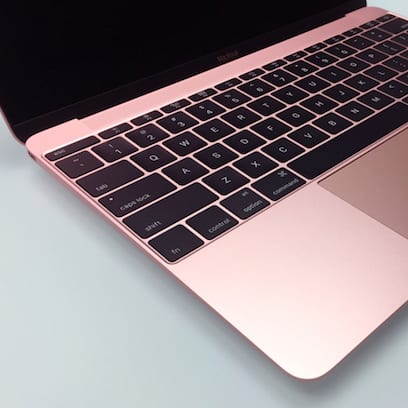



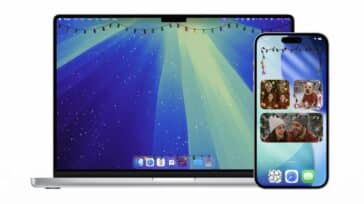


This thing is just another toy for rich people. Can’t help but think that society’s ills can’t be fixed by retreating into a virtual world.
Great review. Thanks. But this is duplicated:
“Imagine a set of safety glasses that used a glass treatment that gives the world a slight bit of a “film look”. A slight tint (that tint might get dialed in closer to reality by next year — to me it felt ever so slightly warm, color-wise), and a slight bit of visually flattering smoothness to everything”.
On the other hand, it would be useful to talk about prescription glasses, contact lenses. And why not how the “fake eyes” are generated and work.
The middle of the article reminds me of those scenes from “Minority Report” where Tom Cruise’s character replays videos of his lost son.